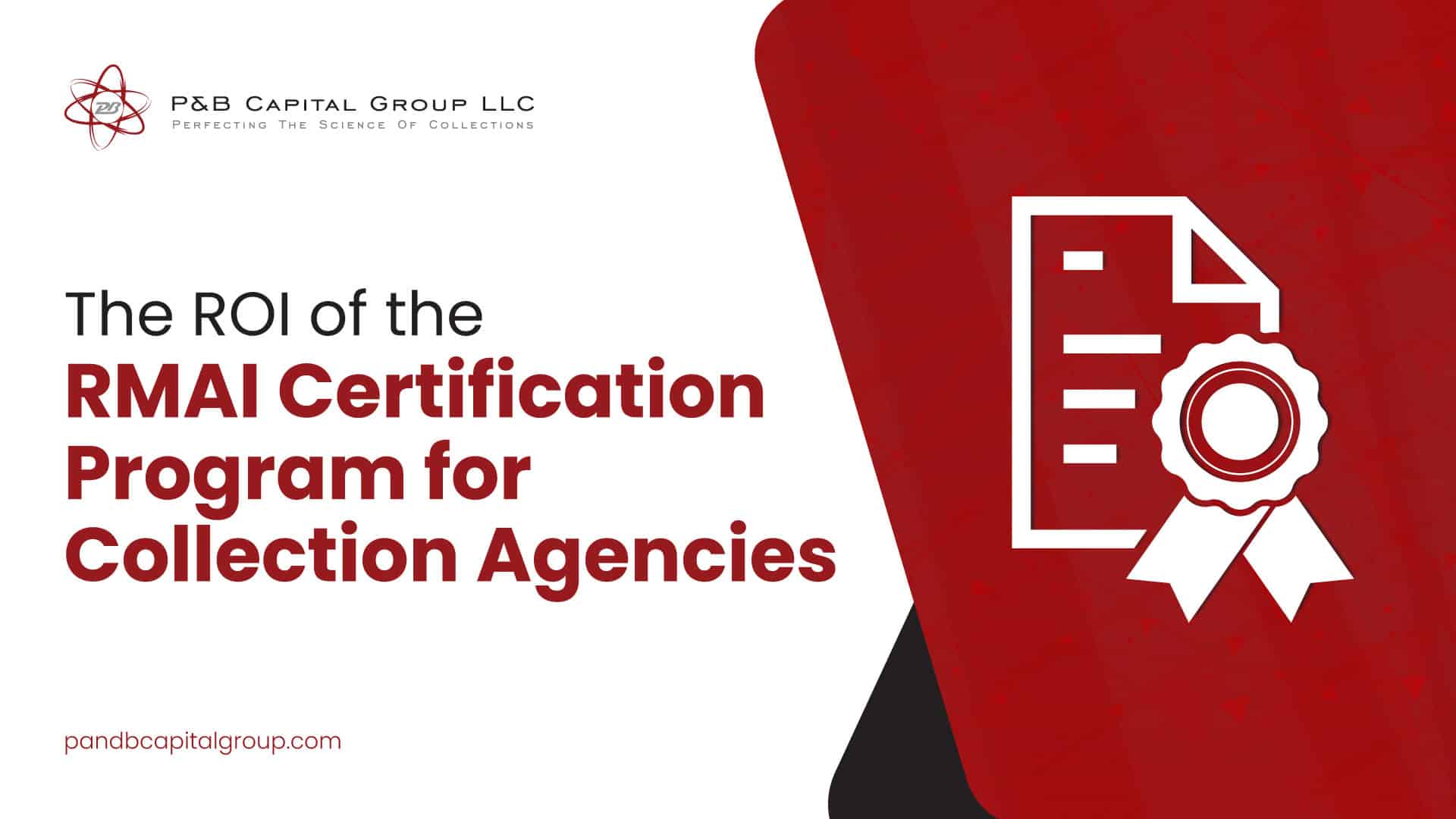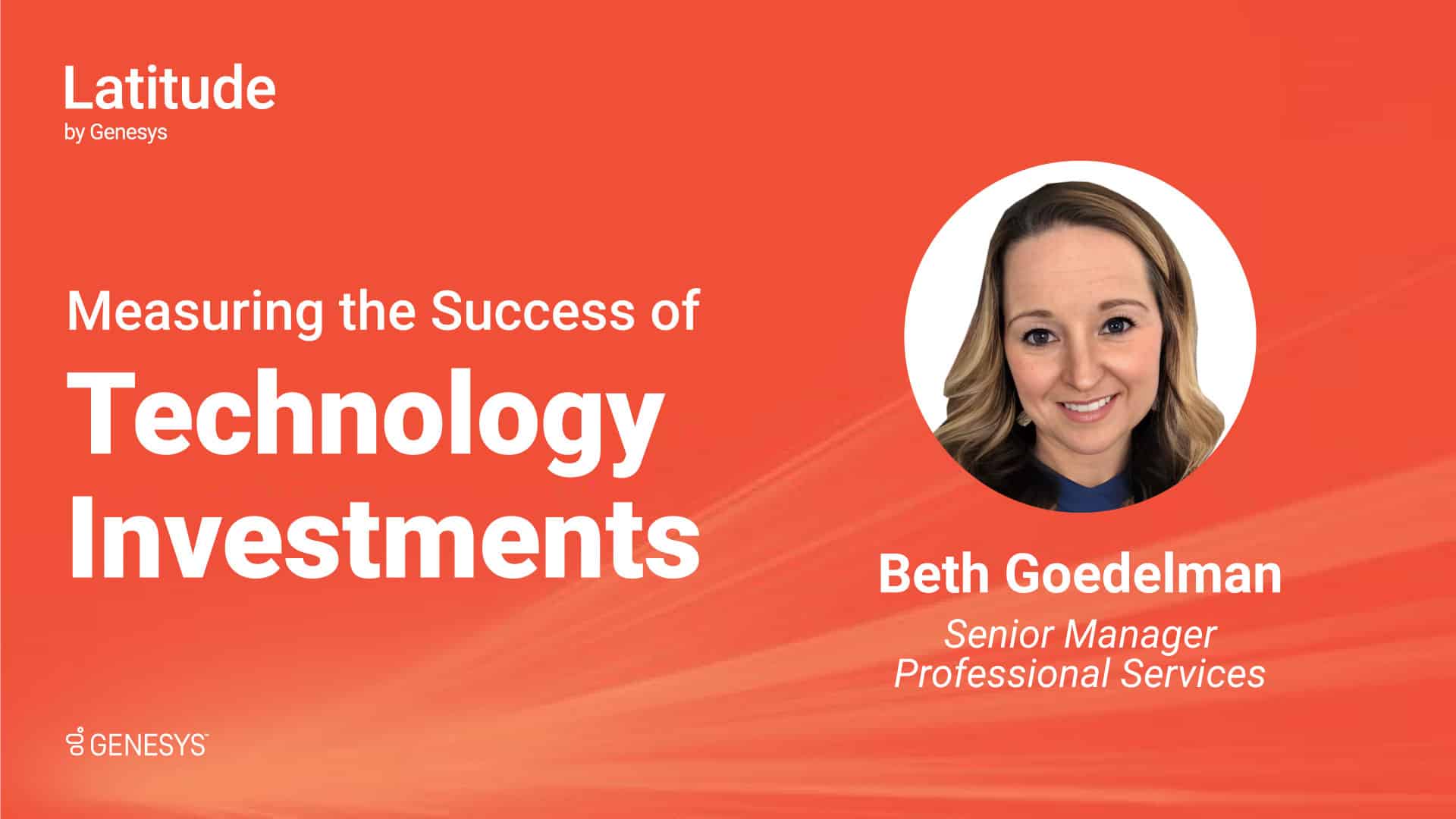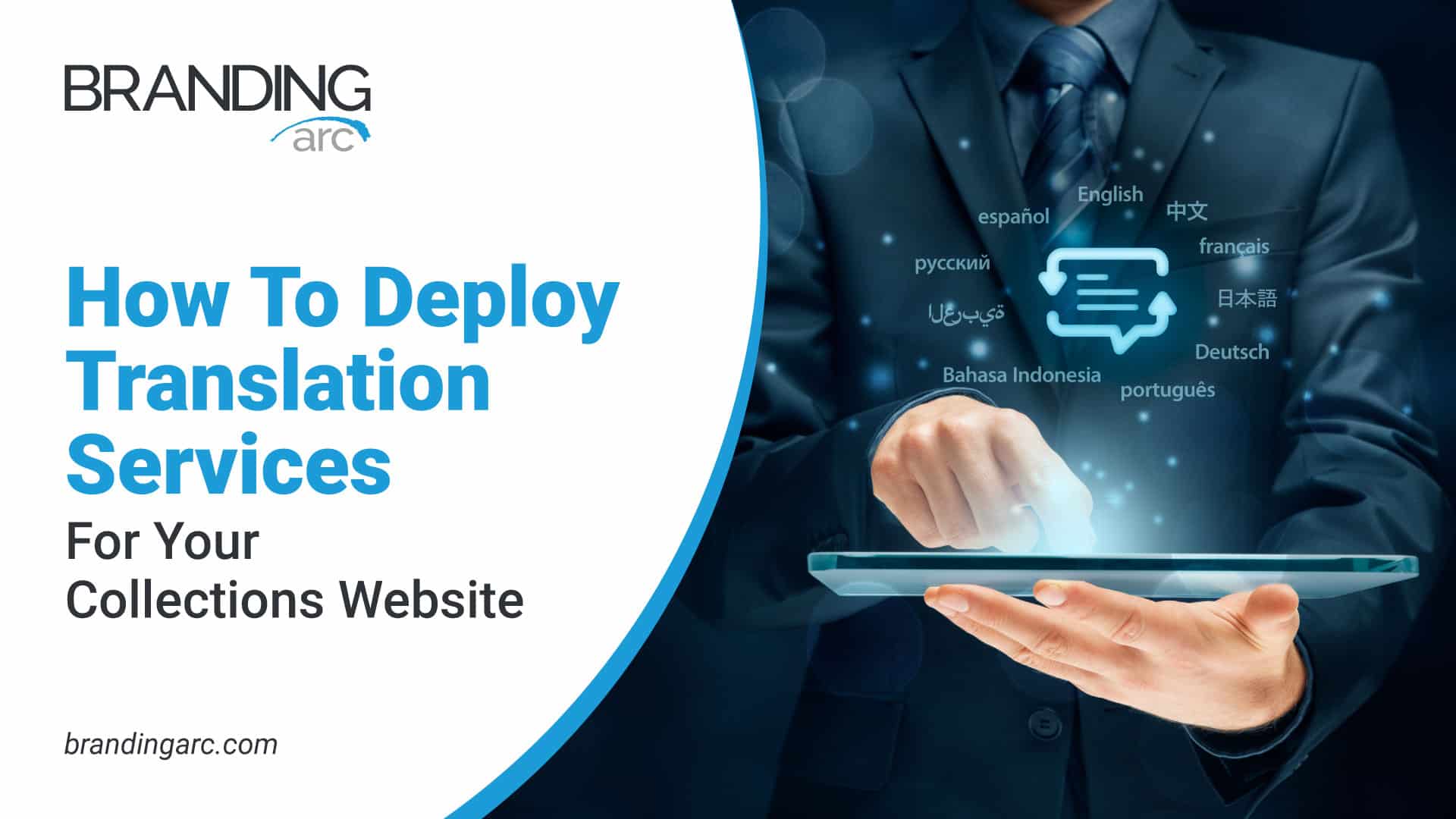
3 Ways to Actively Value Client Relationships, No Matter Your Role
When it comes to building and retaining valuable client/partner relationships, it’s important for companies and their employees to intentionally nurture relationships. As businesses slowly emerge from the travel limitations everyone has faced since the beginning of the Covid-19 situation, company leaders may begin to experience a revitalization of relationship-building through site visits from clients and in-person conference attendance. The impacts of new partnerships trickle down to all roles in a company, so here is a fresh look at a critical topic that may have been put on the back burner at some point during the various “plot twists and pivots” that so many have been navigating the past two years.
Recognizing Every Role’s Impact
Whether working in a role with direct client-facing interaction or not, there tends to be a telescopic effect of each role in the company to its eventual impact on overall client satisfaction. It’s important for all employees to recognize how much even the “small” things matter. Further, employees that may feel “unseen” in their roles should be intentionally recognized as boots on the ground for their critical part in helping pave the way for positive client feedback and company success. Team mentality builds morale and helps employees better understand their roles and the reasons for certain responsibilities.
Newcomers to the industry may not immediately realize the important role of each employee’s contributions and the ripples those impacts may have or potentially have across the company. Adherence to client-specific processes, for instance, may not be seen and recognized in the moment; yet when it’s time for client audits, missteps or mistakes have the potential to become highly apparent and the subject of much discussion further down the line. Those with the responsibility of training should not assume newcomers understand the many layers of compliance regulation and oversight in the ARM industry without explicit examples and instruction.
Valuing Personal Connections
It’s worth considering every piece of the puzzle in the overall impression clients will receive from a business. Have all employees with any type of role in client-facing interaction– even outside of a client services team– been trained on preferred standards or expectations for interaction? It’s easy to assume everyone is on the same page, but it’s more difficult to correct things down the line. Rather than take mutual understanding for granted, it may be worth ensuring direct instruction on things like how quickly to respond to client emails, what the relationship contexts are, etc.
When it comes to client relationships, long-term thinking is important to success. It’s possible to end up working with a particular client or specific client contact for years. Taking a few moments now and then to make an authentic personal connection and show value for that person as a human can be not only appreciated but helpful toward ongoing positive interactions. At the end of the day, business is business but people are people. It’s always preferable to have a positive interaction than a negative one. If Company A is on par in every way with Company B but the people at Company A are easier and more enjoyable to work with, loyalties and choices could even be driven in part by the quality of those personal interactions. People choose to do business with other people that they like.
Gathering & Responding to Feedback
It’s no surprise that retaining an existing client is generally easier than gaining a new client. In addition to helping keep existing business, brand loyalty can drive new business from an existing client when fresh opportunities arise. Retaining a client long-term requires continually meeting their needs, even as those needs and the landscape may evolve. That’s why proactively seeking and responding to direct client feedback is crucial for continued success. In addition to required communications, things like voluntary surveys from management or a client services team may help pinpoint the wins as well as areas to focus on for future improvement.
Gathering feedback may also need to be a more universal mindset across the company in addition to any particular event. It can be as simple as asking a client contact direct questions along the way to clarify any new or lingering areas of uncertainty. Learning what clients like and responding to their answers with direct remediation is a process that can exist throughout the year and across teams. It’s better and less costly to be proactive than reactive. Plus, this mindset can help demonstrate to clients a company’s employee engagement, employee conscientiousness, and value for the business relationship.
More Ideas
For additional ideas about how to help contribute to positive client relationships, browse the Forbes Small Business Strategy website section or The Balance Small Business site. Keep in mind that much of what is written about retaining “customers” can also be applied to retaining clients.
To learn more about the ARM industry as a whole, follow Receivables Info on Facebook , LinkedIn, and YouTube. Be sure to also check out our Money Chat series for more ways to stay financially literate while exploring the receivables landscape.
About Receivables Info
The Receivables Info team is led by receivables management industry veterans who wanted to create a website for the industry, by the industry. Their goal is to provide a voice to high-quality debt buyers, collection agencies, law firms, and industry veterans to share information about their businesses and their place within the marketplace and the community. The website provides relevant news alerts, articles, videos, and other receivables-related information to industry partners and colleagues around the industry and the globe. Receivables Info is also home to financial education resources for consumers through series like Money Chat.
The information contained in this article is meant to serve as general guidance for entry-level to mid-level ARM industry professionals and is not meant to serve as comprehensive business, legal, or financial advice.




